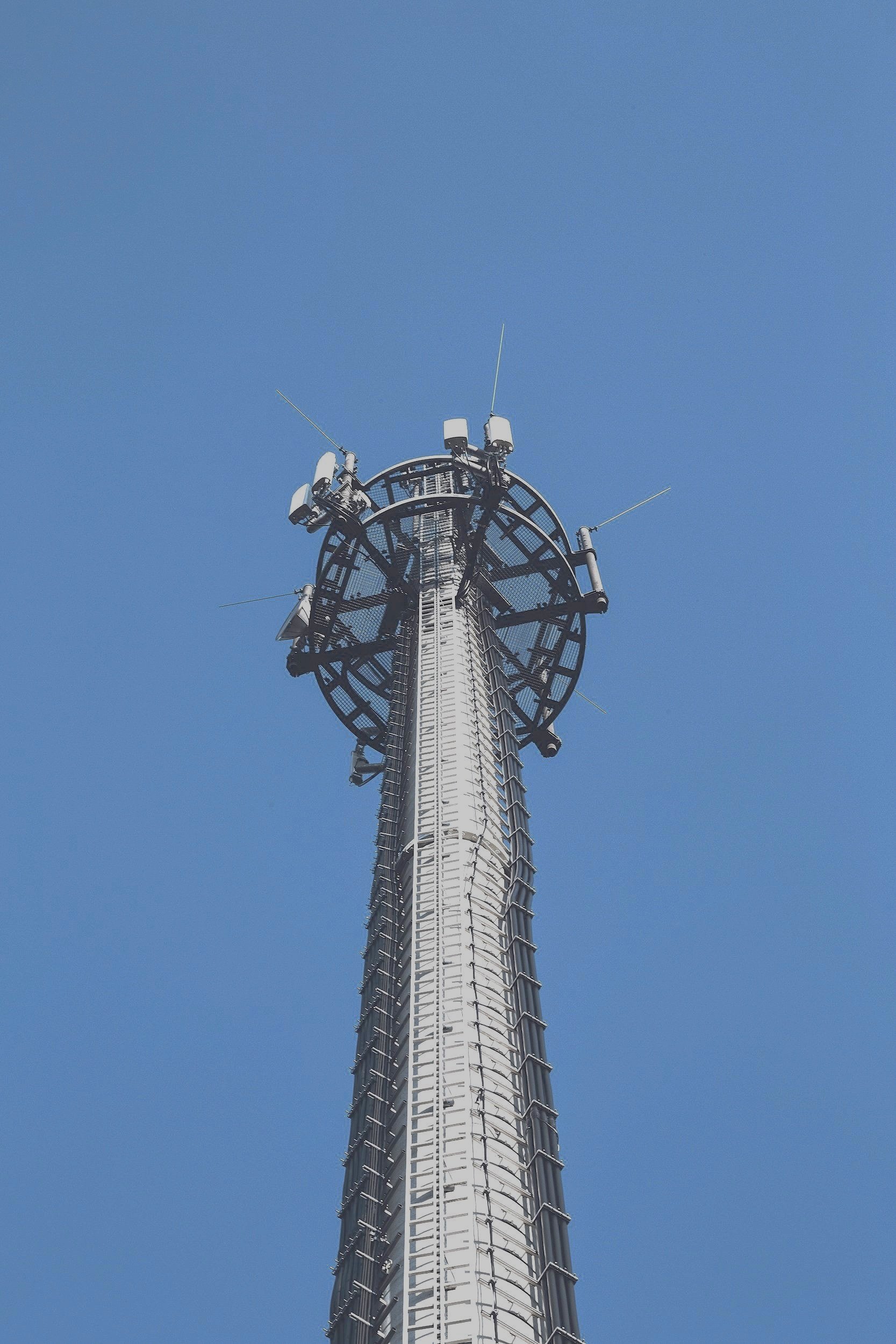
Connectivity
In today’s hyper-connected world, reliable and efficient connectivity is the backbone of any successful business. At Southfork Tech Advisors, we understand the critical importance of staying connected — not just to the internet, but to customers, partners, and within your organization. Our comprehensive connectivity solutions are designed to ensure your business benefits from seamless, secure, and high-speed connections, no matter where your operations are located.
Tailored Solutions to Meet Your Needs
-

Broadband Internet
Wide Availability: Broadband is widely available, making it accessible for businesses in diverse locations, including rural areas.
Cost-Effectiveness: Generally, broadband offers a cost-effective solution for high-speed internet access, making it ideal for small to medium-sized businesses.
Speed: Broadband provides sufficient speed for everyday business operations, such as email, web browsing, and basic cloud services.
With quick and accurate responses to all your queries, you’ll save time and be more efficient.
-

Fiber Optic
High-Speed Data Transmission: Fiber optic technology offers superior speeds and bandwidth to traditional copper lines, supporting demanding applications like high-definition video conferencing, large file transfers, and real-time data analytics.
Reliability and Lower Latency: Fiber optics are less susceptible to weather conditions and electromagnetic interference, ensuring more reliable connectivity with lower latency.
Scalability: Fiber networks can easily accommodate increased bandwidth needs, making them an excellent investment for growing businesses.
-

Wireless (4G/5G and Wi-Fi)
Mobility: Wireless connectivity supports a mobile workforce, allowing employees to stay connected and productive from anywhere.
Rapid Deployment: Wireless networks can be quickly and easily set up, making them ideal for temporary locations, remote sites, or businesses that require agility.
Cost Savings on Cabling: For businesses that use wireless technology extensively, there can be significant savings by reducing the need for extensive cabling infrastructure.
